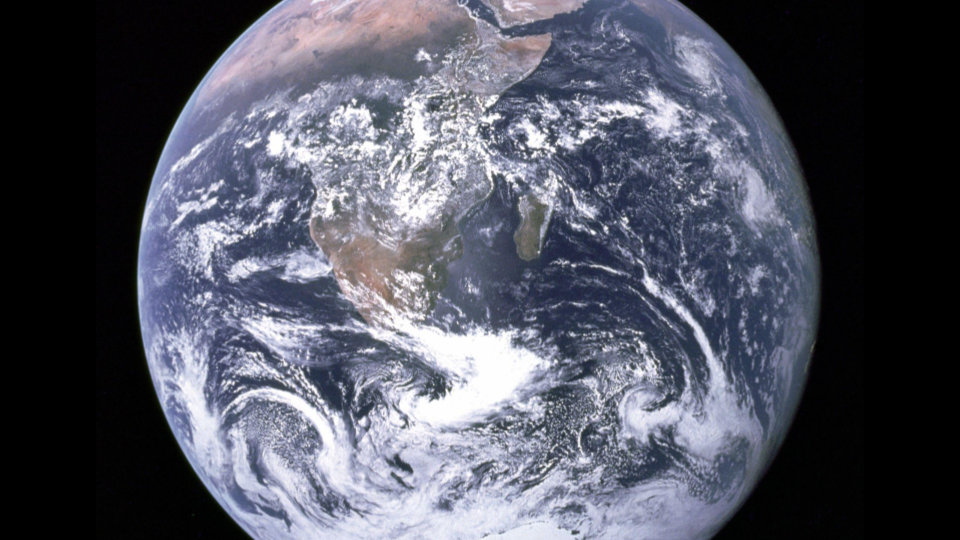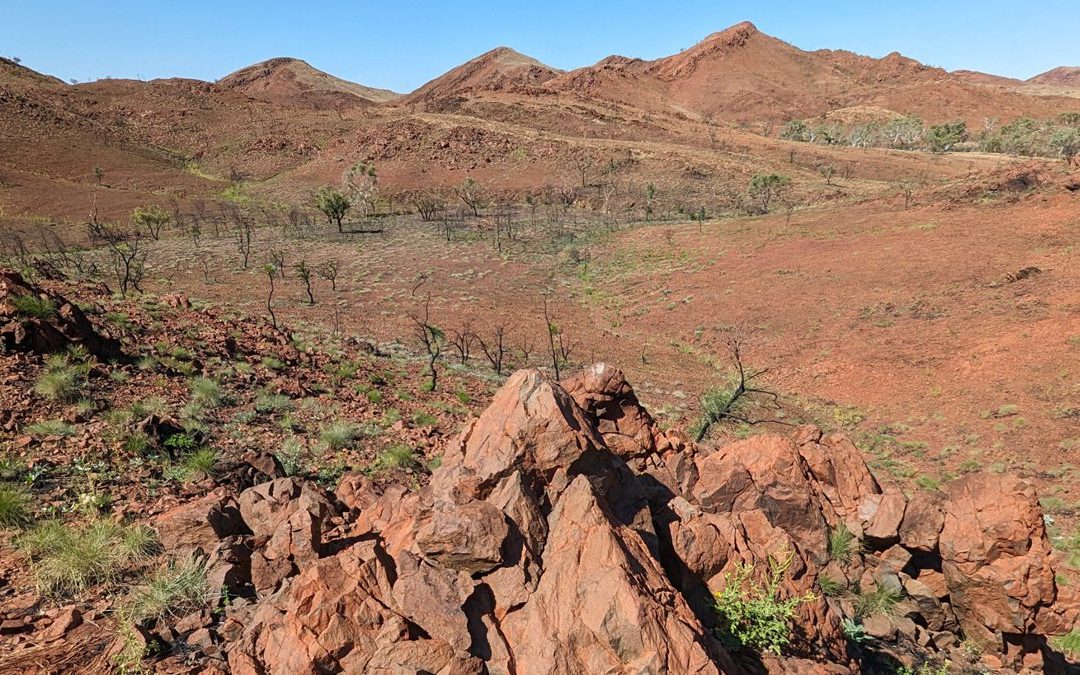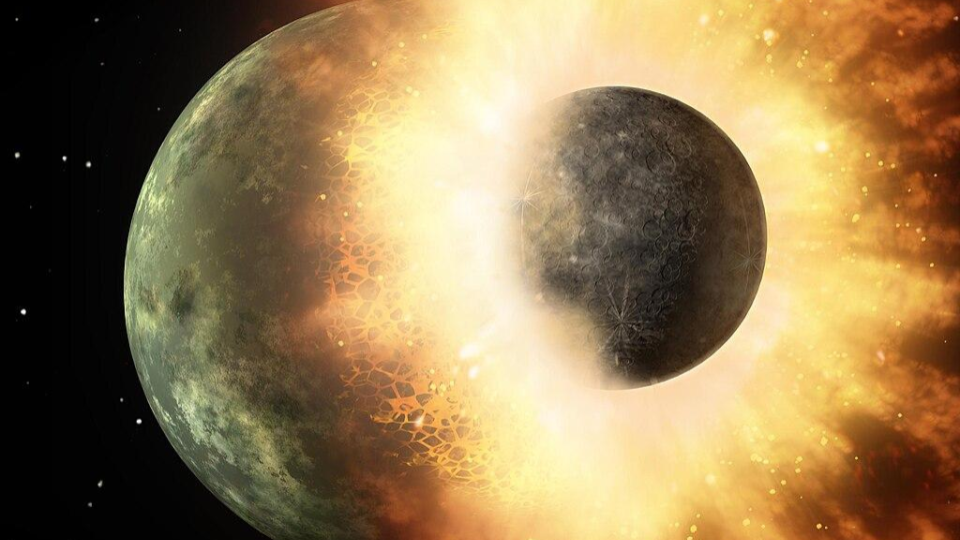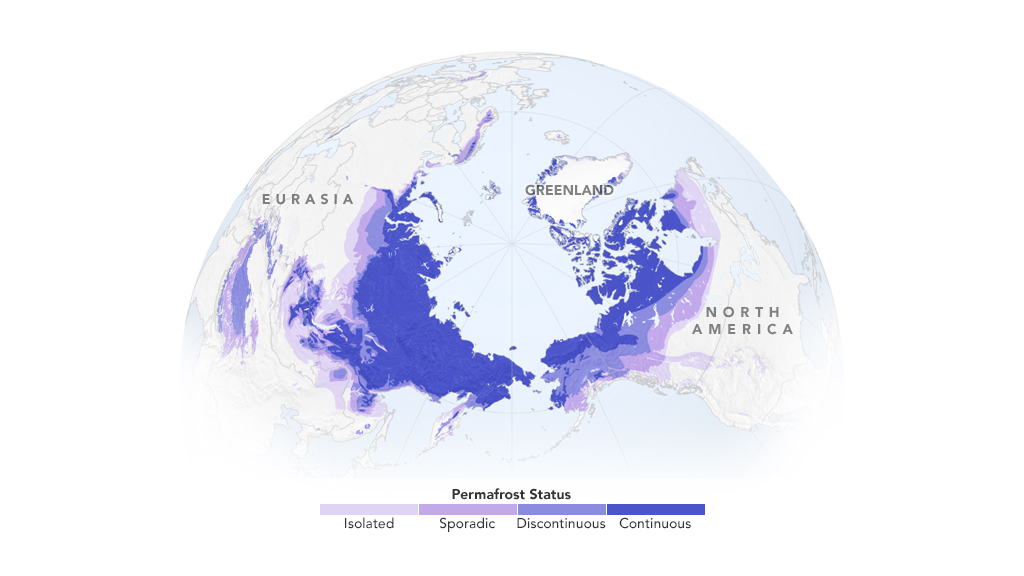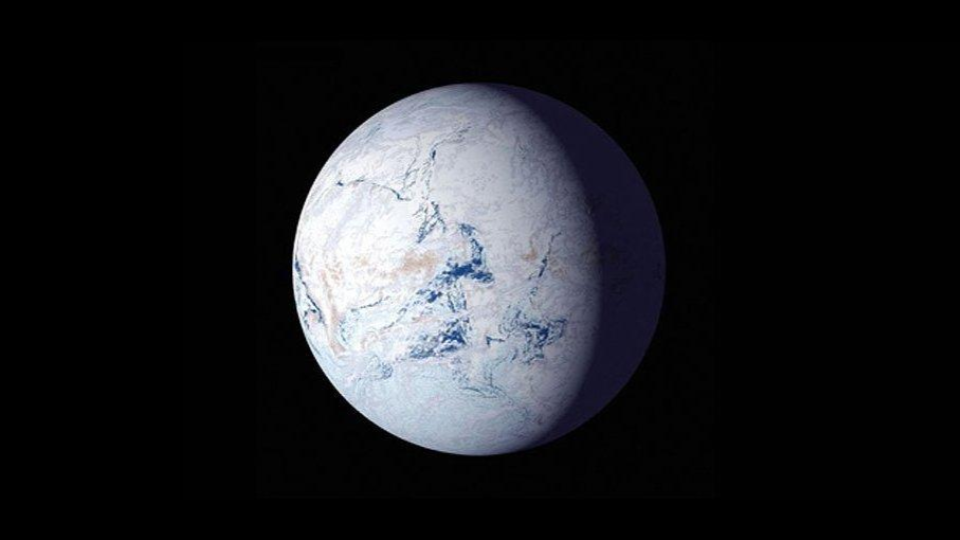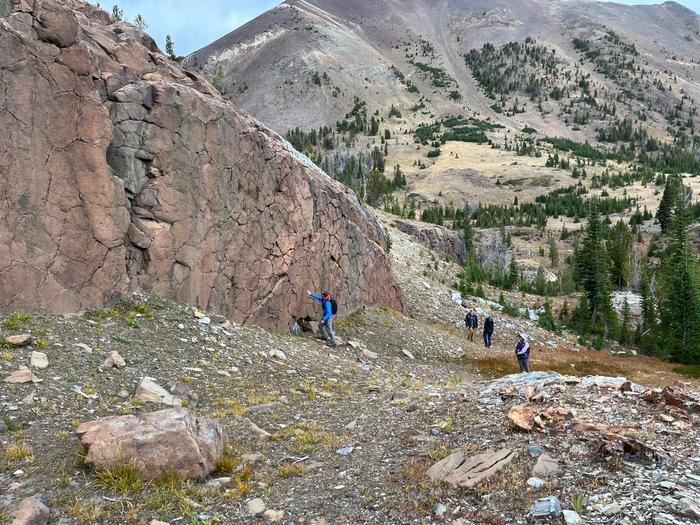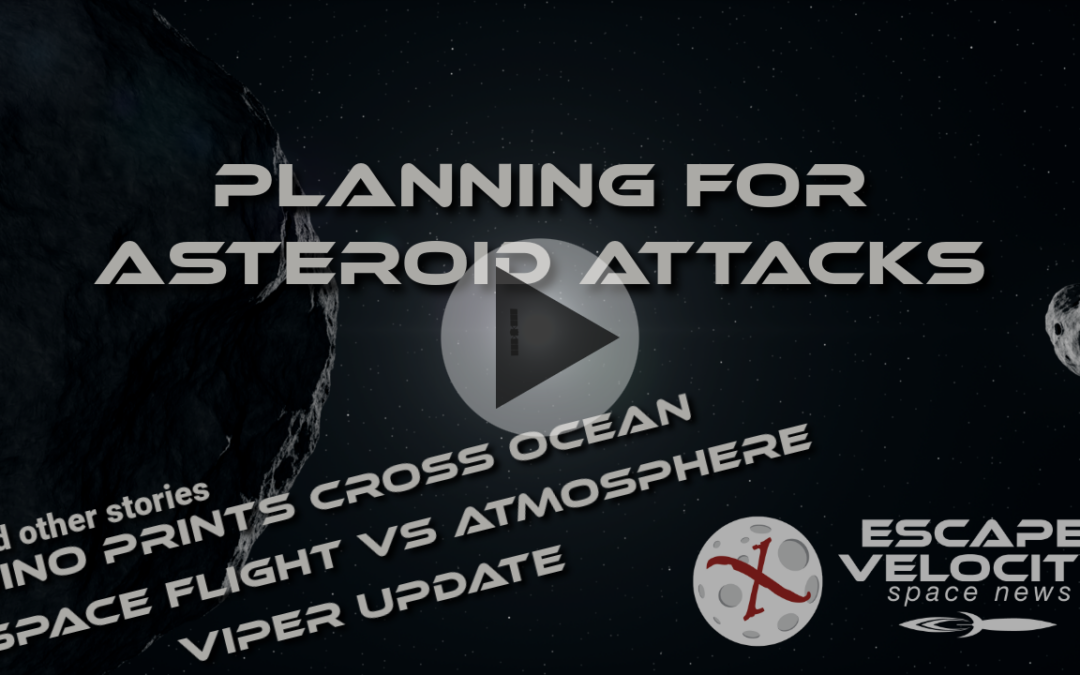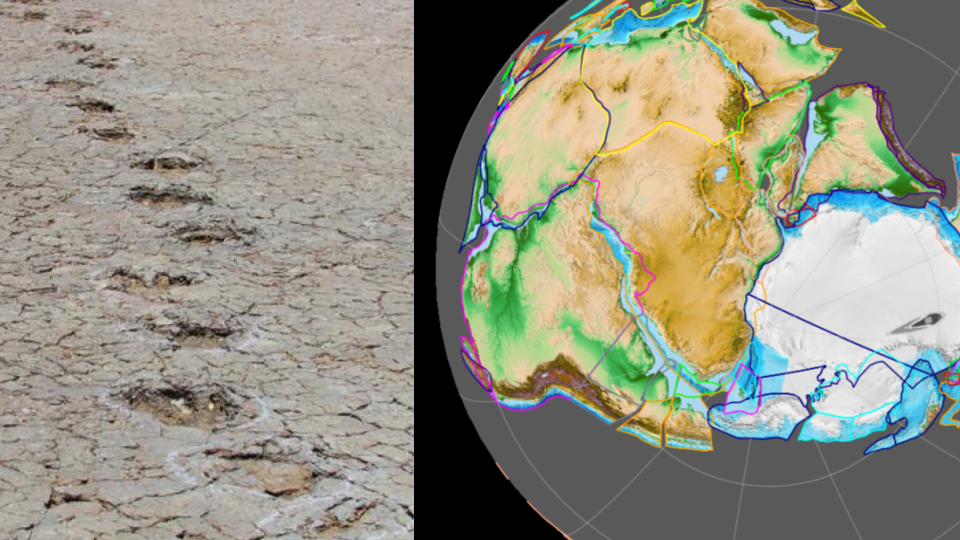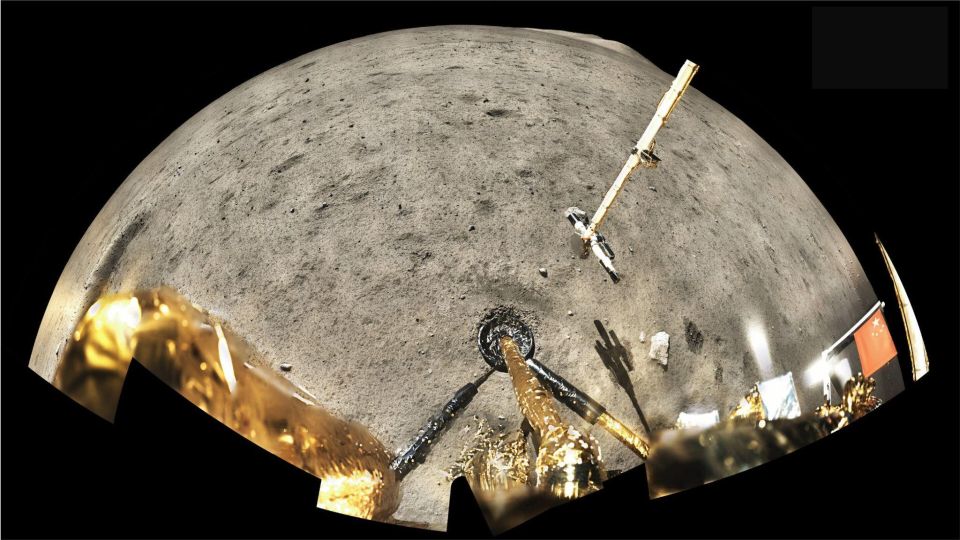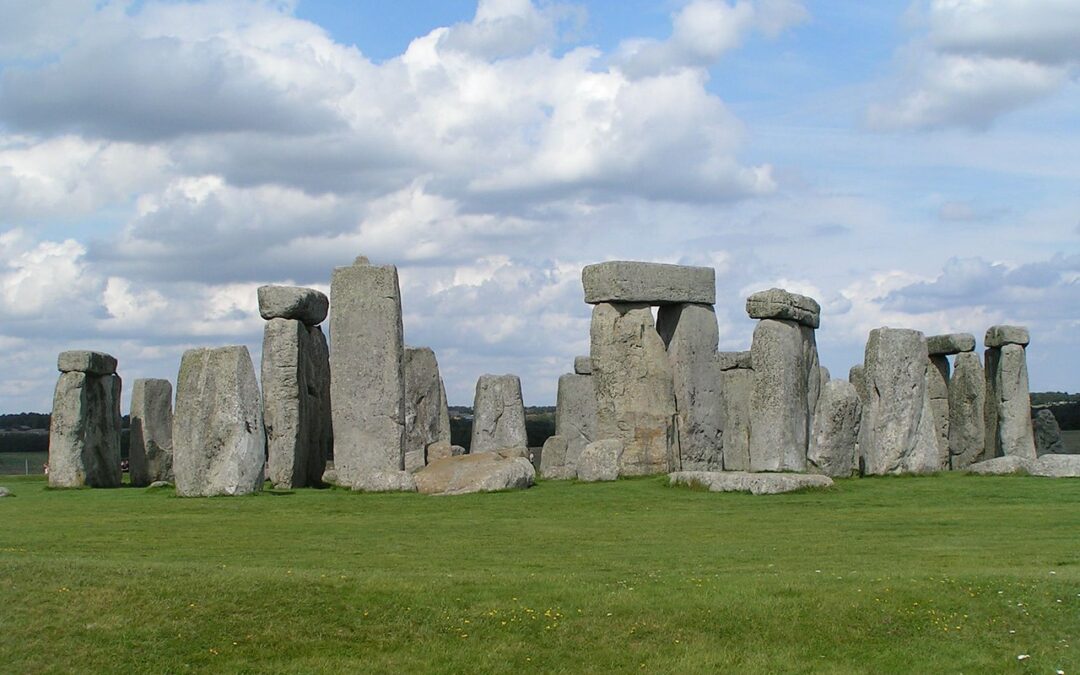We live on a geologically active rocky world that is uniquely shaped by a combination of water-driven weather and complex life. Currently, we are the only world we know of capable of supporting humans without requiring advanced technologies and mitigation against radiation and the certain death of environmental toxins. Understanding our world is a basic need if we want to preserve and protect life, but in many ways, the politics of humans makes studying our world weirdly difficult. Earlier this week, I got a notification from NASA that one of their funding programs had to be canceled because...
